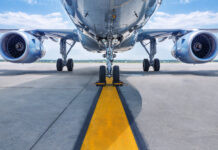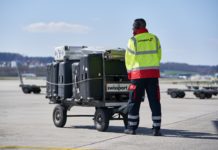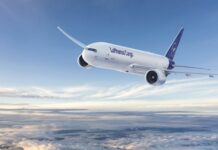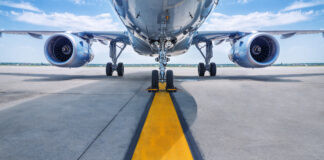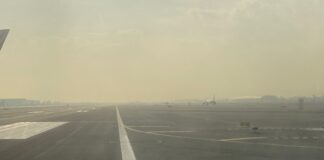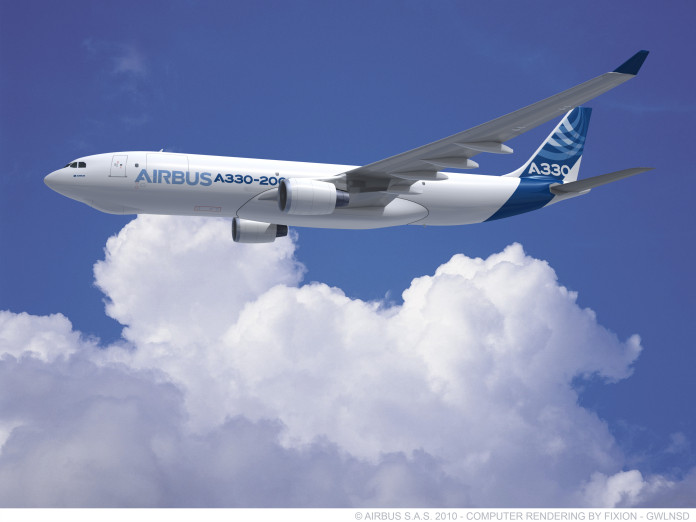

Airbus predicts that airline fleets in the Russia and the Commonwealth of Independent States (CIS) region will more than double by 2034 and growth in the region will generate demand for more than 1,280 new aircraft.
The European aircraft manufacturer released the figures on 26 August in its latest Global Market Forecast. Airbus says the Russia and CIS market will more than double in the next 20 years with over 2,000 aircraft needed by 2034, compared to the 922 in operation today.
The forecast shows that more than 1,280 of these aircraft will be new deliveries valued at $150 billion, comprising 1,100 single aisles, 160 twin aisle and 24 very large aircraft. Airbus defines very large aircfta as the Airbus A380 or Boeing 747. However, there is no mention in the forecast update about what the demand for freighters will be in the region.
Airbus says the additional aircraft will satisfy both fleet replacement needs and future growth for the intra-regional CIS and international market. The aircraft manufacturer predicts that the region’s economy will grow yearly at 2.4 per cent in the coming 20 years, with some countries such as Uzbekistan and Kazakhstan, demonstrating a higher annual growth of around four to five per cent.
Airbus executive vice president for sales, Christopher Buckley, explains: “The Russia and CIS market has always been of key strategic importance to Airbus, and we believe it will continue to grow, even with the recent challenges in the region, as air traffic has proven to be resilient to crisis around the globe. We look forward to seeing Airbus deliveries increasing in Russia and CIS to achieve a 50 per cent market share.”
Airbus says since it delivered its first aircraft to Aeroflot in 1992, 28 airlines in the Russia and CIS region now operate more than 340 Airbus models, including both single aisle and widebody. Over the last five years, the manufacturer’s fleet in Russia has doubled and Airbus says the number of operators is constantly expanding.

